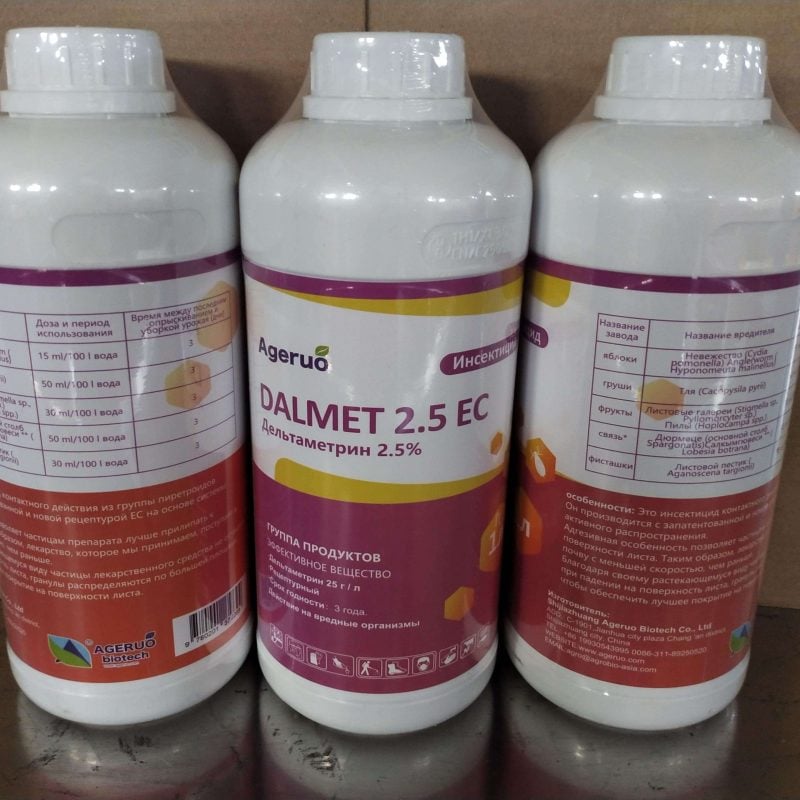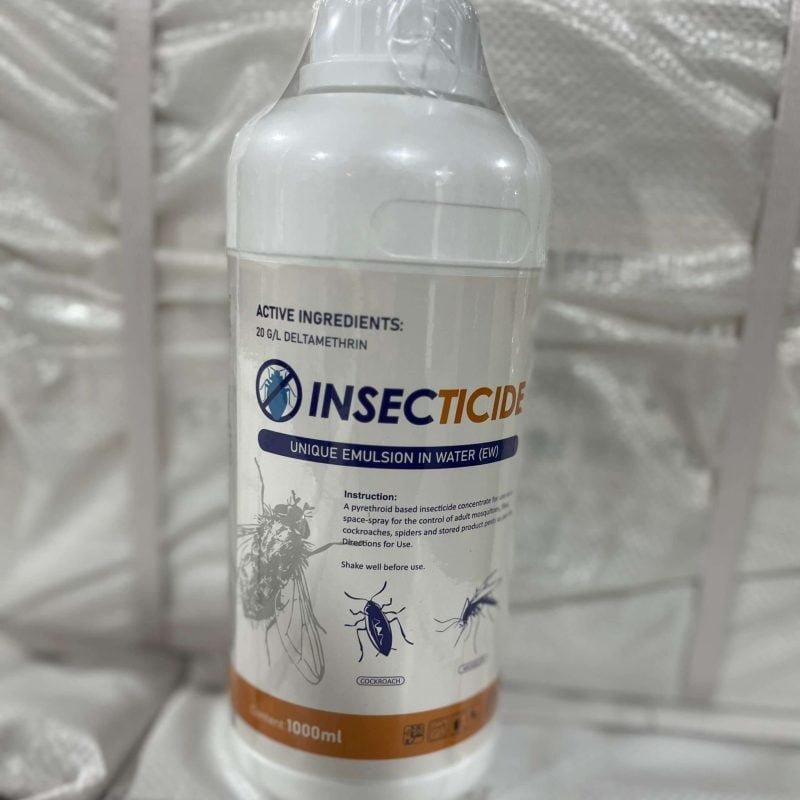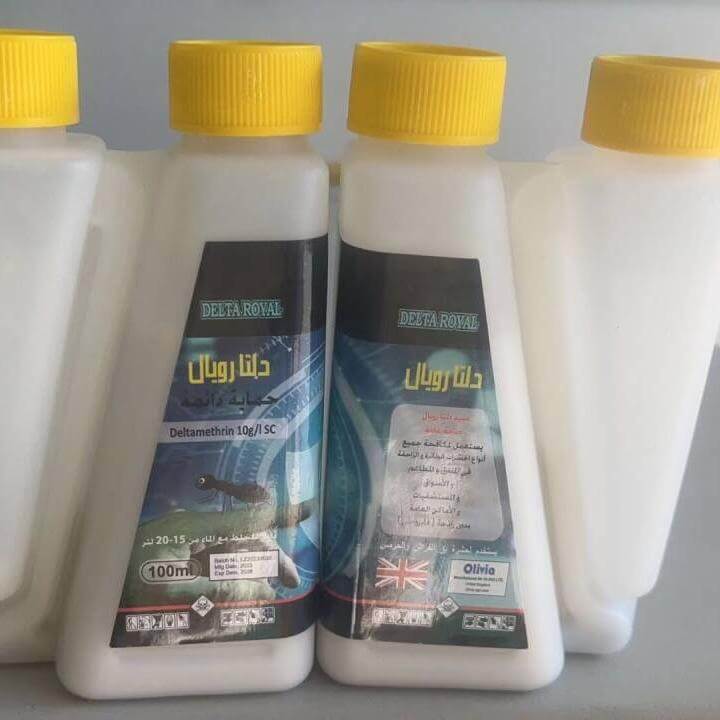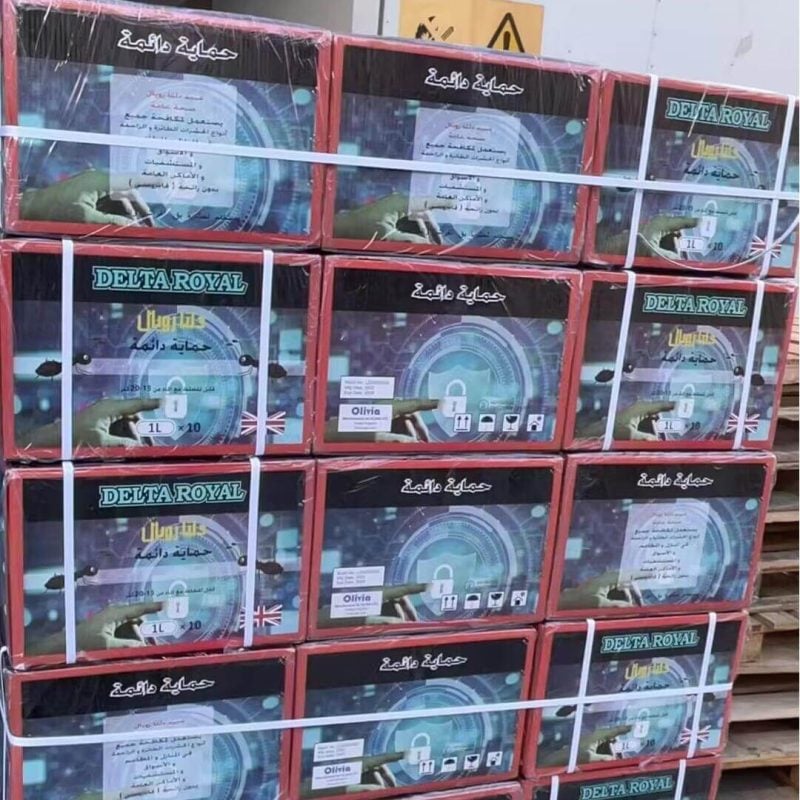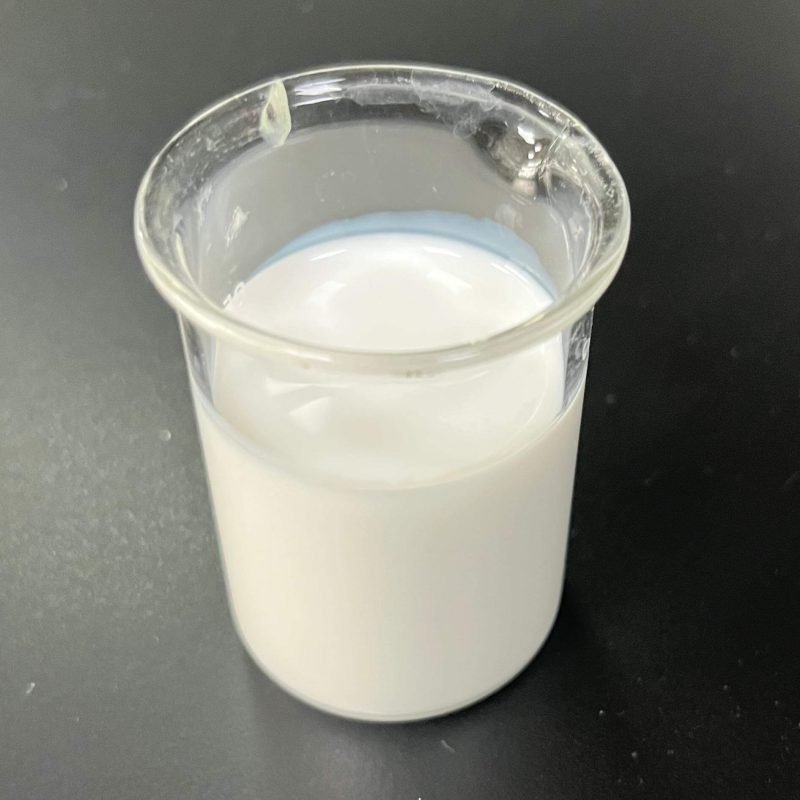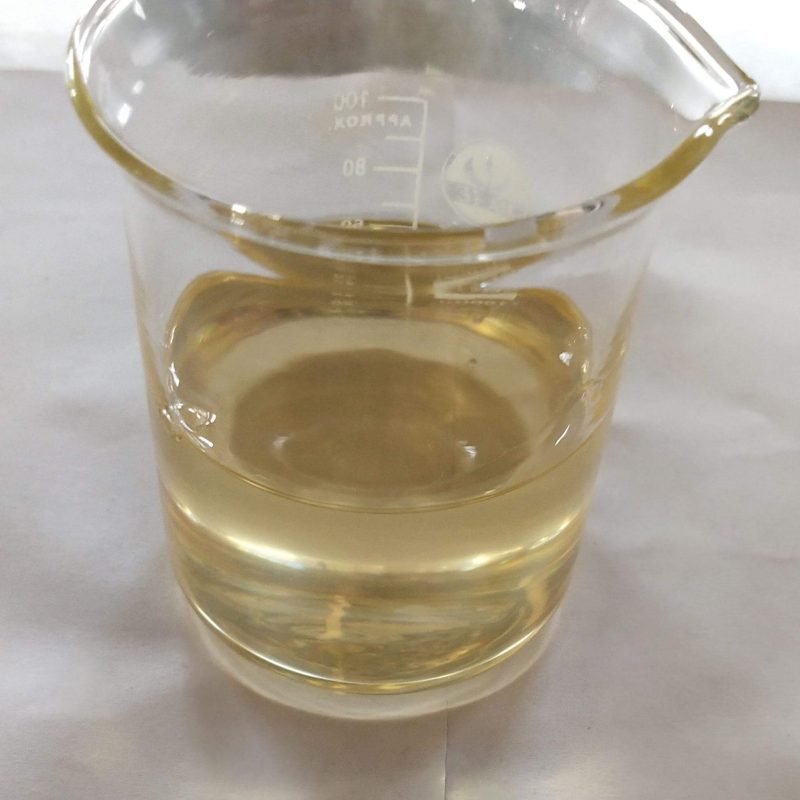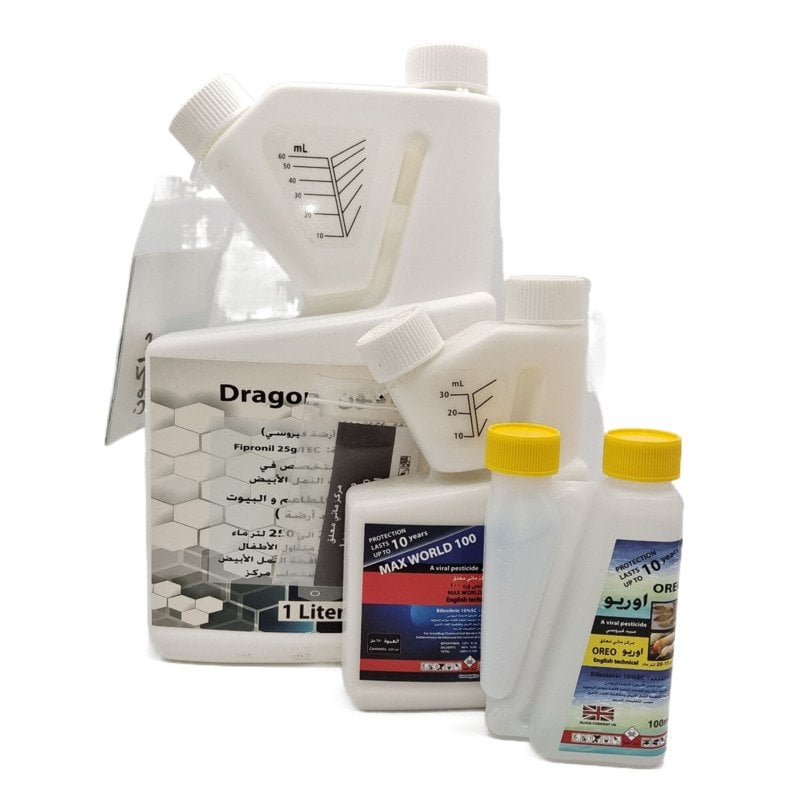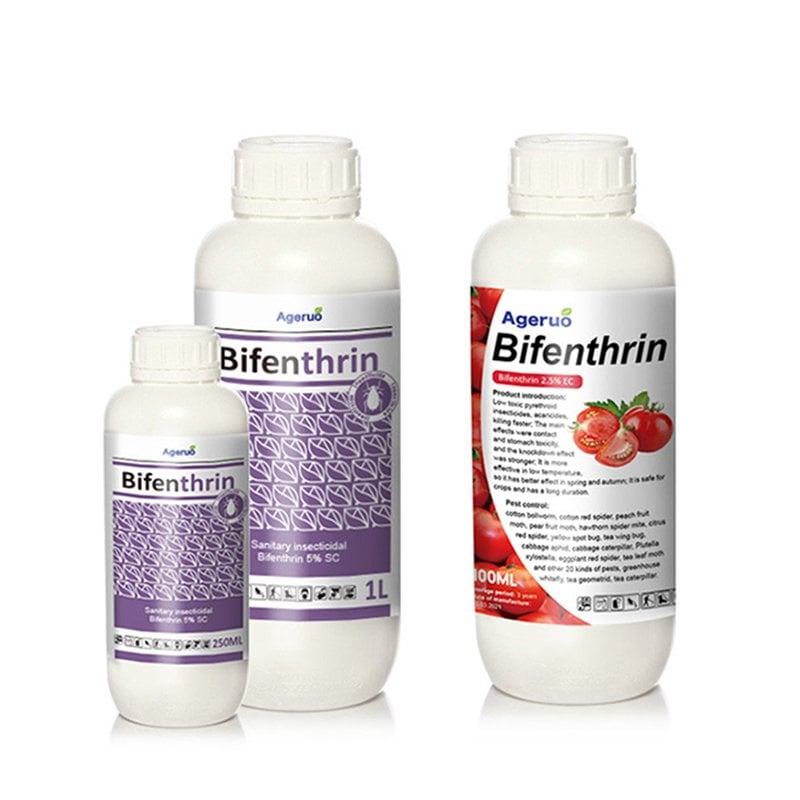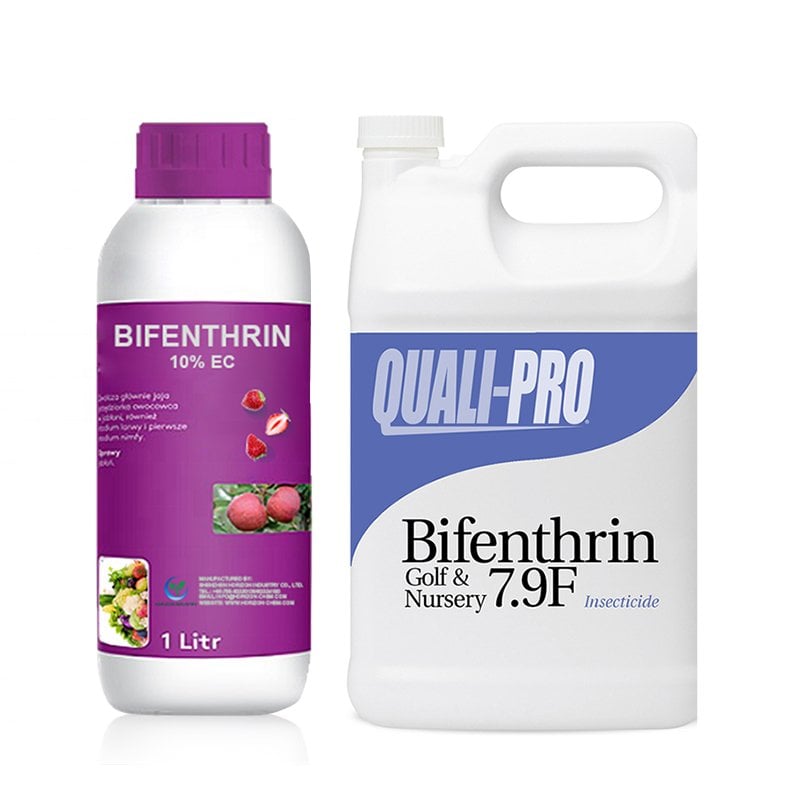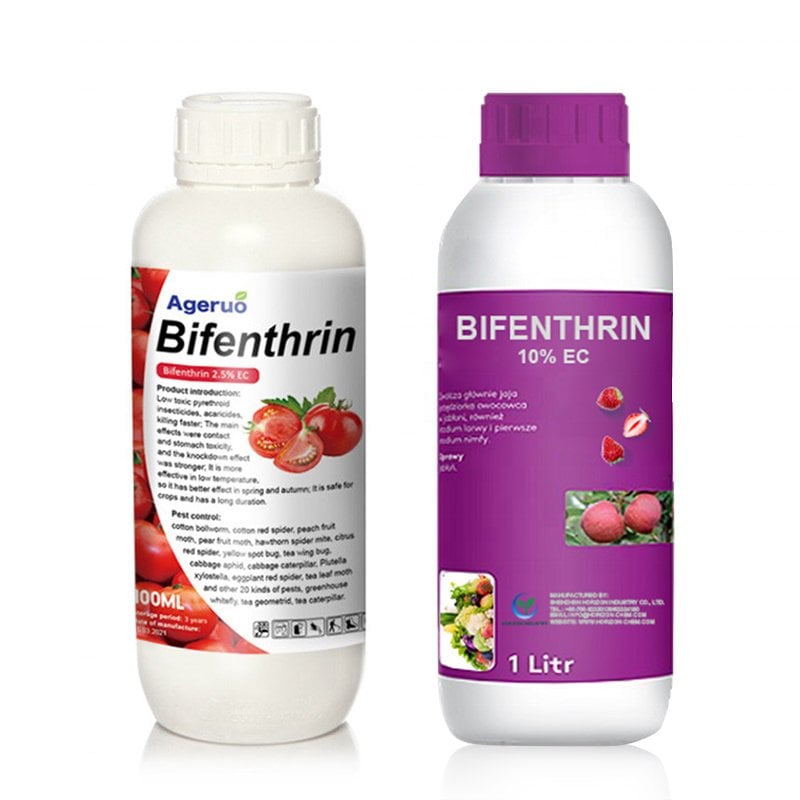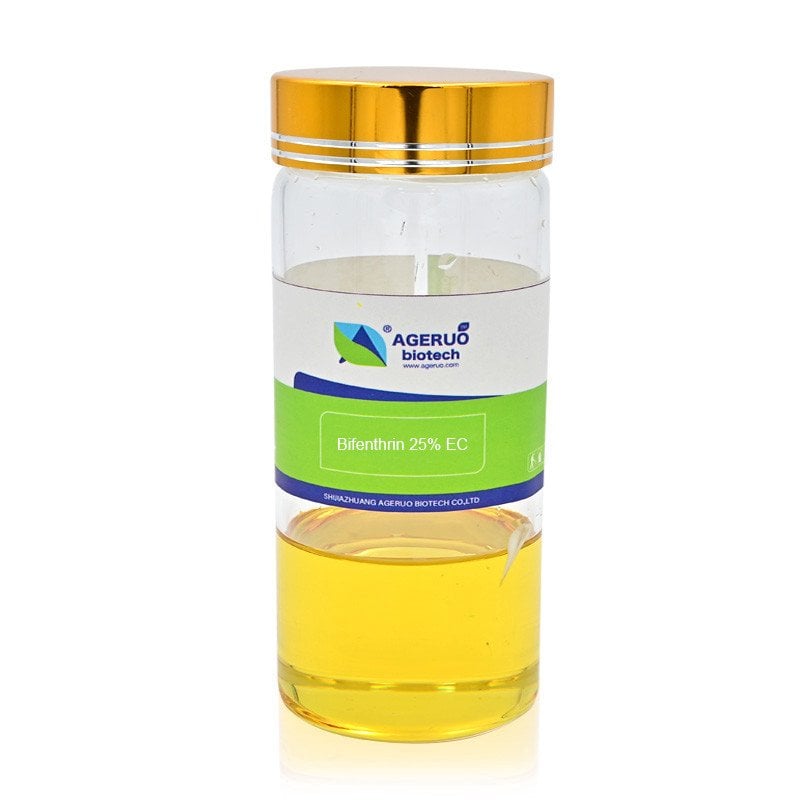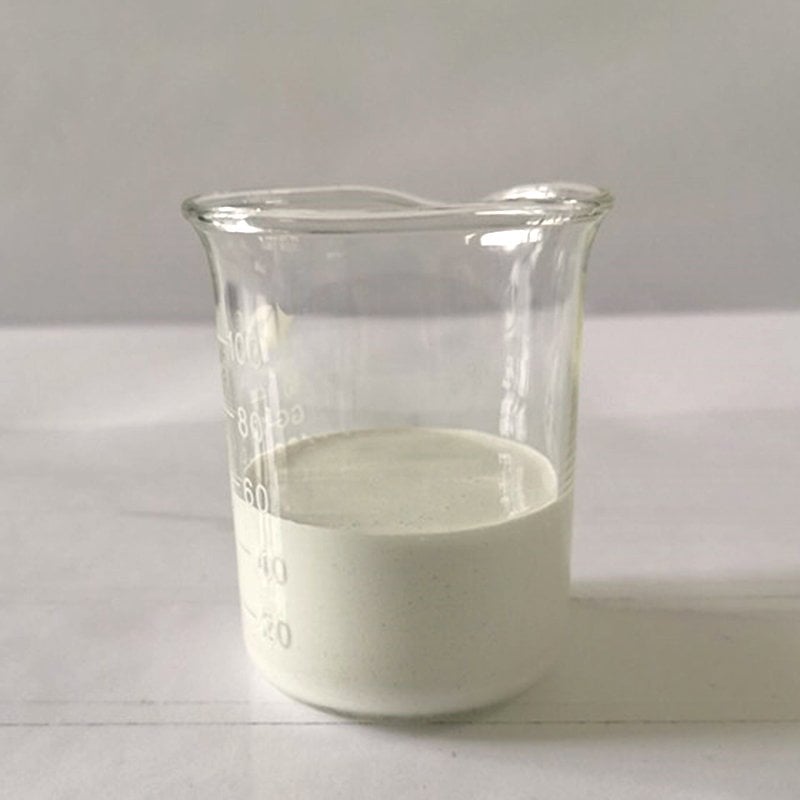Deltamethrin, Bifenthrin, and Cyfluthrin: What’s the difference?
In the field of agriculture and pest management, how to choose the right insecticide to ensure crop health and control pest populations. Three commonly used pyrethroid-based insecticides are Deltamethrin, Bifenthrin, and Cyfluthrin. Although they share a similar chemical class, each insecticide has its unique features, applications, and performance characteristics.
In this article, we will provide a comparison of Deltamethrin, Bifenthrin, and Cyfluthrin, focusing on their chemical properties, effectiveness, environmental impact, and the types of pests they are most effective against. This will help in choosing a more effective insecticide for your specific needs.
Deltamethrin
- Chemical Class: Pyrethroid
- Main Uses: Used in agriculture, public health, and household pest control, Deltamethrin is effective against a wide range of pests, including aphids, caterpillars, and beetles. It is often applied to crops like cotton, rice, tea, and tobacco.
- Mode of Action: Disrupts the nervous system of insects by binding to sodium channels in nerve cells, causing paralysis and death.
Bifenthrin
- Chemical Class: Pyrethroid
- Main Uses: Bifenthrin is widely used for controlling pests in both agriculture and residential settings. It is commonly applied to crops like soybeans, corn, cotton, and in turf management.
- Mode of Action: Affects the insect’s nervous system by blocking sodium channels, resulting in paralysis and death.
Cyfluthrin
- Chemical Class: Pyrethroid
- Main Uses: Cyfluthrin is often used in agriculture for pest control on a variety of crops such as vegetables, fruits, and ornamental plants. It also has applications in controlling pests in public health, particularly mosquitoes.
- Mode of Action: Similar to the others, Cyfluthrin disrupts nerve cell function by affecting sodium channels, leading to paralysis and eventual death.
Key Comparison Table
| Characteristic | Deltamethrin | Bifenthrin | Cyfluthrin |
|---|---|---|---|
| Chemical Structure | C22H19Br2NO3; includes a bromine atom and cyclopropane ring | C23H22F3NO3; includes a trifluoromethyl group | C22H18Cl2F3NO3; contains two chlorine atoms and fluorine |
| Mode of Action | Disrupts nerve transmission, leading to paralysis and death | Blocks sodium channels, resulting in paralysis | Similar to Deltamethrin and Bifenthrin, blocks sodium channels |
| Target Pests | Aphids, caterpillars, beetles, weevils, and more | Aphids, whiteflies, termites, beetles, and others | Aphids, whiteflies, mites, mosquitoes, and more |
| Environmental Impact | Toxic to aquatic life; care must be taken to avoid water contamination | Toxic to aquatic life; similar precautions as Deltamethrin | Toxic to aquatic organisms; avoid contamination |
| Residual Activity | Long-lasting residual effects, providing extended control | Moderate to long-lasting effects, depending on conditions | Short to moderate residual life |
| Application in Agriculture | Cotton, rice, tobacco, tea, vegetables | Corn, soybeans, cotton, turf management | Vegetables, fruits, ornamental plants, public health |
Detailed Comparison
- Chemical Composition and Structure:
- Deltamethrin is composed of carbon, hydrogen, bromine, nitrogen, and oxygen, with a cyclopropane ring that contributes to its potent insecticidal properties. It is highly effective in controlling a variety of pests.
- Bifenthrin contains a trifluoromethyl group, which enhances its stability and effectiveness against a wide range of pests, including termites and beetles.
- Cyfluthrin features two chlorine atoms and a trifluoromethyl group in its chemical structure. This gives it a similar insecticidal potency to the other two, but with slightly less persistence in the environment.
- Mode of Action:
- All three insecticides work by disrupting nerve cell function in insects. They bind to sodium channels, causing continuous nerve impulses, which leads to paralysis and death of the pest. However, Deltamethrin is generally considered to have a more rapid effect compared to Cyfluthrin, which tends to be less persistent.
- Target Pests:
- Deltamethrin is effective against a broad range of pests, including aphids, caterpillars, beetles, and weevils. It is particularly beneficial in managing pests that attack high-value crops such as cotton and rice.
- Bifenthrin is ideal for controlling pests like aphids, whiteflies, beetles, and termites. It is often used in corn, soybeans, and turf management.
- Cyfluthrin is effective against aphids, whiteflies, and mites and is commonly used in vegetable and fruit crops. It also has applications in controlling mosquitoes, making it a common choice for public health pest management.
- Environmental and Safety Considerations:
- All three insecticides have a similar environmental impact, with Deltamethrin, Bifenthrin, and Cyfluthrin being toxic to aquatic life. Careful application is essential to avoid contamination of water bodies.
- Deltamethrin and Cyfluthrin are also harmful to bees and should be applied outside of flowering periods to protect pollinators.
- Residual Activity:
- Deltamethrin provides longer-lasting protection against pests due to its stable chemical structure. It is effective for several weeks after application, making it a preferred option for crops that require extended pest control.
- Bifenthrin has moderate residual effects and may require reapplication under certain conditions, especially in humid climates or after heavy rainfall.
- Cyfluthrin has a shorter residual life compared to the other two, which means more frequent reapplications may be necessary for continuous pest control.
Recommendations for Use
- Deltamethrin: Due to its long-lasting residual activity and broad-spectrum pest control, Deltamethrin is best suited for high-value crops like cotton, rice, tea, and tobacco. It is particularly effective in field crops and can handle a variety of insect pests such as caterpillars and aphids.
- Bifenthrin: Given its moderate residual effect and effectiveness against a wide range of pests, Bifenthrin is ideal for use on soybeans, corn, and turf management. It is also effective against termites, making it a go-to product for managing pests in urban environments.
- Cyfluthrin: Cyfluthrin is most effective when used on vegetable crops, fruit trees, and ornamental plants. It also works well in public health applications, especially for mosquito control. Given its shorter residual activity, it is best for high-turnover crops or environments where quick pest control is needed.
Conclusion: Selecting the Right Insecticide
Choosing between Deltamethrin, Bifenthrin, and Cyfluthrin depends largely on the specific crop and pest situation. Deltamethrin is ideal for crops that require long-term protection, whereas Bifenthrin is a good choice for both agricultural and turf management purposes. Cyfluthrin, while offering shorter residual activity, is highly effective for managing pests in vegetables, fruits, and even in public health settings for mosquito control.
By understanding the unique properties and applications of these insecticides, farmers and pest control professionals can make the best insecticide for their needs, ensuring optimal pest control and minimizing environmental impact.
Frequently Asked Questions (FAQs)
- What is the main difference between Deltamethrin, Bifenthrin, and Cyfluthrin?
- Deltamethrin is known for its long-lasting effects, Bifenthrin is effective across a wide range of pests with moderate residual activity, and Cyfluthrin has a shorter-lasting effect but excels in specific agricultural and public health applications.
- Can these insecticides be used on all crops?
- While they are effective on a broad range of crops, it’s important to follow product labels for specific crop recommendations to avoid damage.
- Which insecticide is best for controlling mosquitoes?
- Cyfluthrin is particularly effective in mosquito control and is widely used in public health programs.
- Are these insecticides safe for beneficial insects like bees?
- All three insecticides are toxic to bees, so applications should be timed to avoid flowering periods.
- Which insecticide has the longest residual effect?
- Deltamethrin offers the longest residual control, making it ideal for long-term pest management.
In the field of agriculture and pest management, how to choose the right insecticide to ensure crop health and control pest populations. Three commonly used pyrethroid-based insecticides are Deltamethrin, Bifenthrin, and Cyfluthrin. Although they share a similar chemical class, each insecticide has its unique features, applications, and performance characteristics.
In this article, we will provide a comparison of Deltamethrin, Bifenthrin, and Cyfluthrin, focusing on their chemical properties, effectiveness, environmental impact, and the types of pests they are most effective against. This will help in choosing a more effective insecticide for your specific needs.
Deltamethrin
- Chemical Class: Pyrethroid
- Main Uses: Used in agriculture, public health, and household pest control, Deltamethrin is effective against a wide range of pests, including aphids, caterpillars, and beetles. It is often applied to crops like cotton, rice, tea, and tobacco.
- Mode of Action: Disrupts the nervous system of insects by binding to sodium channels in nerve cells, causing paralysis and death.
Bifenthrin
- Chemical Class: Pyrethroid
- Main Uses: Bifenthrin is widely used for controlling pests in both agriculture and residential settings. It is commonly applied to crops like soybeans, corn, cotton, and in turf management.
- Mode of Action: Affects the insect’s nervous system by blocking sodium channels, resulting in paralysis and death.
Cyfluthrin
- Chemical Class: Pyrethroid
- Main Uses: Cyfluthrin is often used in agriculture for pest control on a variety of crops such as vegetables, fruits, and ornamental plants. It also has applications in controlling pests in public health, particularly mosquitoes.
- Mode of Action: Similar to the others, Cyfluthrin disrupts nerve cell function by affecting sodium channels, leading to paralysis and eventual death.
Key Comparison Table
| Characteristic | Deltamethrin | Bifenthrin | Cyfluthrin |
|---|---|---|---|
| Chemical Structure | C22H19Br2NO3; includes a bromine atom and cyclopropane ring | C23H22F3NO3; includes a trifluoromethyl group | C22H18Cl2F3NO3; contains two chlorine atoms and fluorine |
| Mode of Action | Disrupts nerve transmission, leading to paralysis and death | Blocks sodium channels, resulting in paralysis | Similar to Deltamethrin and Bifenthrin, blocks sodium channels |
| Target Pests | Aphids, caterpillars, beetles, weevils, and more | Aphids, whiteflies, termites, beetles, and others | Aphids, whiteflies, mites, mosquitoes, and more |
| Environmental Impact | Toxic to aquatic life; care must be taken to avoid water contamination | Toxic to aquatic life; similar precautions as Deltamethrin | Toxic to aquatic organisms; avoid contamination |
| Residual Activity | Long-lasting residual effects, providing extended control | Moderate to long-lasting effects, depending on conditions | Short to moderate residual life |
| Application in Agriculture | Cotton, rice, tobacco, tea, vegetables | Corn, soybeans, cotton, turf management | Vegetables, fruits, ornamental plants, public health |
Detailed Comparison
- Chemical Composition and Structure:
- Deltamethrin is composed of carbon, hydrogen, bromine, nitrogen, and oxygen, with a cyclopropane ring that contributes to its potent insecticidal properties. It is highly effective in controlling a variety of pests.
- Bifenthrin contains a trifluoromethyl group, which enhances its stability and effectiveness against a wide range of pests, including termites and beetles.
- Cyfluthrin features two chlorine atoms and a trifluoromethyl group in its chemical structure. This gives it a similar insecticidal potency to the other two, but with slightly less persistence in the environment.
- Mode of Action:
- All three insecticides work by disrupting nerve cell function in insects. They bind to sodium channels, causing continuous nerve impulses, which leads to paralysis and death of the pest. However, Deltamethrin is generally considered to have a more rapid effect compared to Cyfluthrin, which tends to be less persistent.
- Target Pests:
- Deltamethrin is effective against a broad range of pests, including aphids, caterpillars, beetles, and weevils. It is particularly beneficial in managing pests that attack high-value crops such as cotton and rice.
- Bifenthrin is ideal for controlling pests like aphids, whiteflies, beetles, and termites. It is often used in corn, soybeans, and turf management.
- Cyfluthrin is effective against aphids, whiteflies, and mites and is commonly used in vegetable and fruit crops. It also has applications in controlling mosquitoes, making it a common choice for public health pest management.
- Environmental and Safety Considerations:
- All three insecticides have a similar environmental impact, with Deltamethrin, Bifenthrin, and Cyfluthrin being toxic to aquatic life. Careful application is essential to avoid contamination of water bodies.
- Deltamethrin and Cyfluthrin are also harmful to bees and should be applied outside of flowering periods to protect pollinators.
- Residual Activity:
- Deltamethrin provides longer-lasting protection against pests due to its stable chemical structure. It is effective for several weeks after application, making it a preferred option for crops that require extended pest control.
- Bifenthrin has moderate residual effects and may require reapplication under certain conditions, especially in humid climates or after heavy rainfall.
- Cyfluthrin has a shorter residual life compared to the other two, which means more frequent reapplications may be necessary for continuous pest control.
Recommendations for Use
- Deltamethrin: Due to its long-lasting residual activity and broad-spectrum pest control, Deltamethrin is best suited for high-value crops like cotton, rice, tea, and tobacco. It is particularly effective in field crops and can handle a variety of insect pests such as caterpillars and aphids.
- Bifenthrin: Given its moderate residual effect and effectiveness against a wide range of pests, Bifenthrin is ideal for use on soybeans, corn, and turf management. It is also effective against termites, making it a go-to product for managing pests in urban environments.
- Cyfluthrin: Cyfluthrin is most effective when used on vegetable crops, fruit trees, and ornamental plants. It also works well in public health applications, especially for mosquito control. Given its shorter residual activity, it is best for high-turnover crops or environments where quick pest control is needed.
Conclusion: Selecting the Right Insecticide
Choosing between Deltamethrin, Bifenthrin, and Cyfluthrin depends largely on the specific crop and pest situation. Deltamethrin is ideal for crops that require long-term protection, whereas Bifenthrin is a good choice for both agricultural and turf management purposes. Cyfluthrin, while offering shorter residual activity, is highly effective for managing pests in vegetables, fruits, and even in public health settings for mosquito control.
By understanding the unique properties and applications of these insecticides, farmers and pest control professionals can make the best insecticide for their needs, ensuring optimal pest control and minimizing environmental impact.
Frequently Asked Questions (FAQs)
- What is the main difference between Deltamethrin, Bifenthrin, and Cyfluthrin?
- Deltamethrin is known for its long-lasting effects, Bifenthrin is effective across a wide range of pests with moderate residual activity, and Cyfluthrin has a shorter-lasting effect but excels in specific agricultural and public health applications.
- Can these insecticides be used on all crops?
- While they are effective on a broad range of crops, it’s important to follow product labels for specific crop recommendations to avoid damage.
- Which insecticide is best for controlling mosquitoes?
- Cyfluthrin is particularly effective in mosquito control and is widely used in public health programs.
- Are these insecticides safe for beneficial insects like bees?
- All three insecticides are toxic to bees, so applications should be timed to avoid flowering periods.
- Which insecticide has the longest residual effect?
- Deltamethrin offers the longest residual control, making it ideal for long-term pest management.

